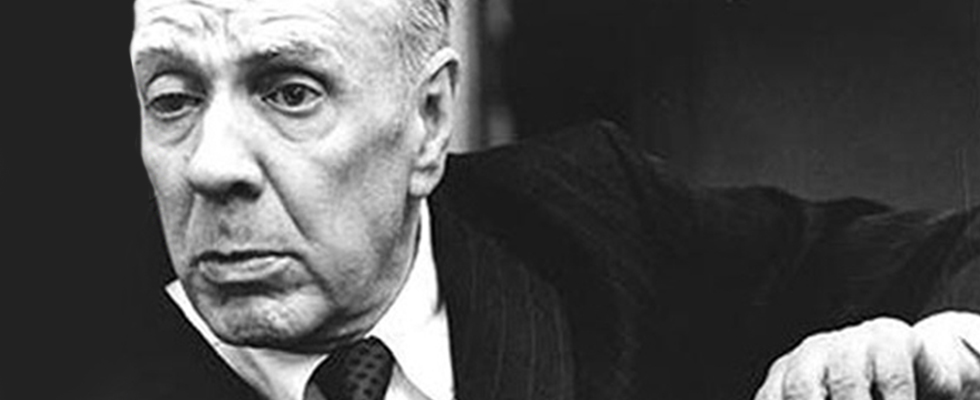Jorge Luis Borges
One of the most important literary figures of the twentieth century, Jorge Luis Borges was born in Buenos Aires city centre in 1899. He spent most of his childhood in Palermo, then a suburb on the outskirts of the city, but in 1914 the family moved to Geneva (Switzerland) for treatment for his father's failing eyesight, a problem that would later affect Borges. The family spent the next decade living in a number of European cities, returning to Argentina in 1921.
Borges published his first collection of poetry, ‘Fervor de Buenos Aires’, in Buenos Aires in 1923. His rich oeuvre of short stories, literary essays and poetry (‘Ficciones’ and ‘El Aleph y Otros Cuentos’ being two of the best-known of his collections) won him the first ‘Prix International’ (1961), together with Samuel Beckett, as well as the Cervantes Prize (1980) and the French Legion of Honour (1983). He died in Geneva in 1986.
Start your Borges tour in San Nicolás on Tucuman 840, where you’ll see a plaque marking the writer’s birthplace (although the actual building where he was born is no longer standing). Head north up Maipú towards Plaza San Martín, until you come to Maipú 944. In 1944, Borges moved to apartment 6B of this building, and it remained his city residence for decades.
Close by on Maipú 971, inside the Galería del Este, you’ll come across the bookshop the Librería La Ciudad, one of Borges’ regular hangouts. Head south-east to Viamonte 340, to the former seat of the University of Buenos Aires’ Faculty of Philosophy & Literature, where Borges taught English Literature from 1956 to 1970.
Now head south down Reconquista over the Plaza de Mayo where the street becomes Defensa, and turn right at México. At no. 564 sits the old National Library (Biblioteca Nacional), where Borges was appointed Director in 1955 and served for 18 years.
The tour now moves out of the old city centre to the neighborhood of Boedo, where, at Carlos Calvo 4321, you’ll find the Miguel Cané Municipal Library (Biblioteca Municipal Miguel Cané). Here, Borges was employed between 1938 and 1946, and you can still see the desk and stationery items he used over this period.
Head up to Palermo, one of the most influential neighbourhoods in Borges’ life and literary career. At Borges 2135, in Palermo Soho, is the house where he spent his childhood, and at Honduras 3784 is the house of poet Evaristo Carriego, whose biography was written by Borges.
Also in Palermo, as you head towards Recoleta, you’ll find the museum of the great painter and friend of Borges, Xul Solar (Laprida 1212). 5 blocks northwards on Anchorena 1660, you’ll hit Fundación Internacional Jorge Luis Borges, founded in 1988 by his widow and literary secretary María Kodama, and containing various artefacts belonging to the writer, as well as a rich cultural programme.
The tour ends in Recoleta. Close to the famous cemetery you’ll pass by a number of apartment blocks where Borges lived: Av. Quintana 222, where he resided soon after returning to Buenos Aires from Europe; Av. Quintana 263, where he lived from 1943-1946; and on the fifth floor of Av. Pueyrredón 2190, where he lived from 1929-1939.
